For today’s article, we would like to introduce to you some washing chemicals, and several ways of washing hats, move on and let’s keep looking!
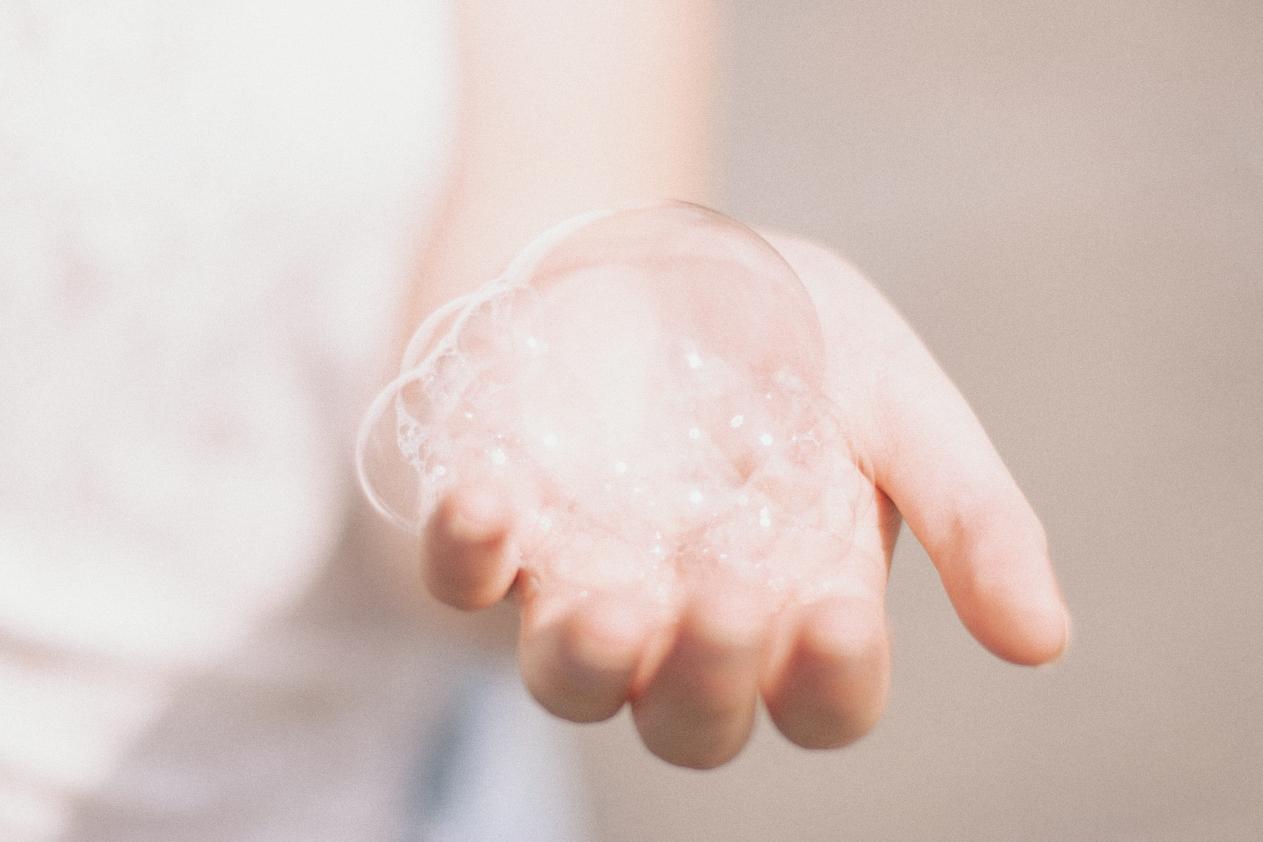
Photo by Matthew Tkocz on Unsplash
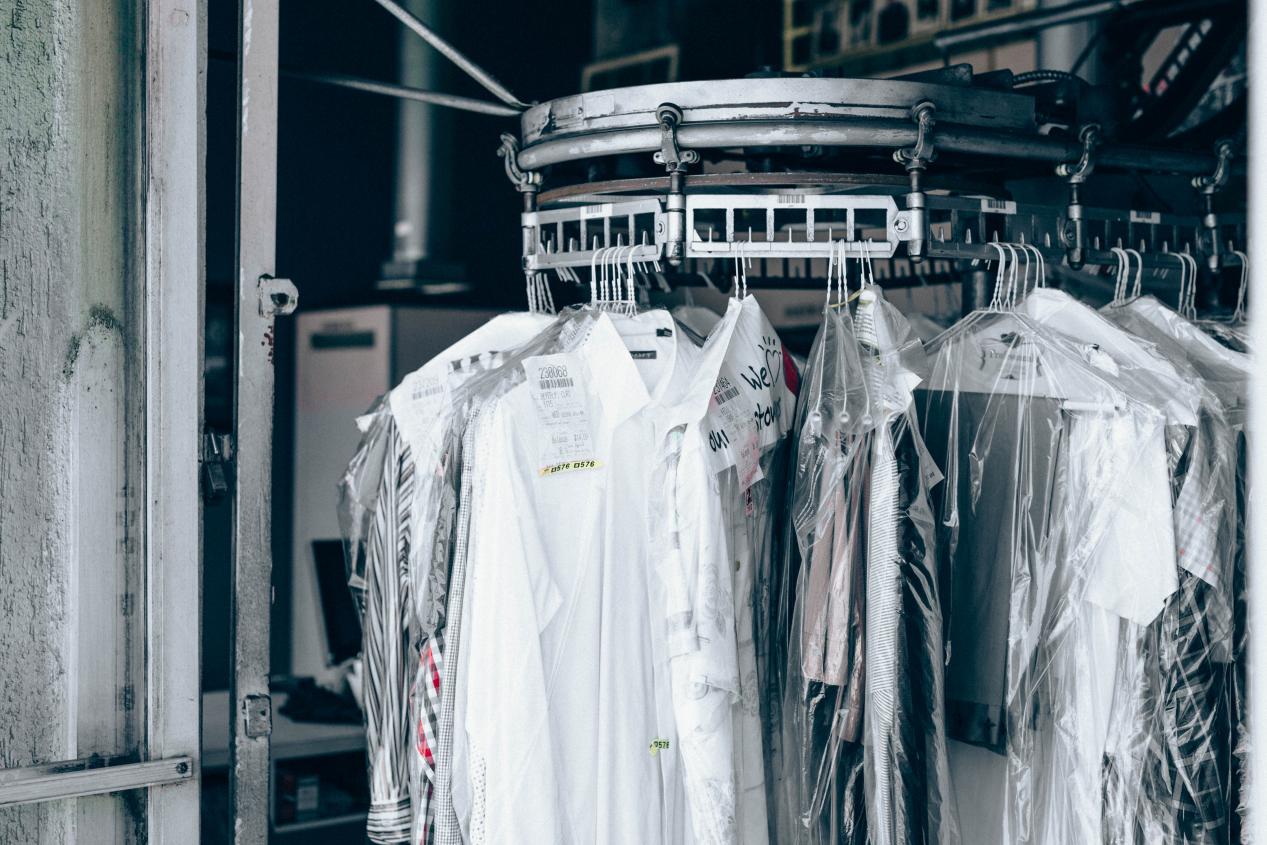
Photo by Nathan Dumlao on Unsplash
Definition: ordinary washing, familiar with washing on weekdays changed to mechanized, its water temperature at 60°-90°C, add certain detergent, after about 15 minutes of ordinary washing, over water with softener, so that the fabric is softer and more comfortable, visually more natural and clean.
Usually, according to the length of washing time and the amount of chemicals, the general washing can be divided into light general washing, general washing and heavy general washing. Usually the light general washing is about 5 minutes, the general washing is about 15 minutes, and the heavy general washing is about 30 minutes.
Advantages:Regular washing of hats, helps to remove any bacteria, dirt, fleas, mites and other irritants or infection, help reduce the incidence of infectious diseases, such as diarrhoeal disease, respiratory infections, scabies and other skin infections.
Disadvantages: Besides using around 19 billion cubic meters of water annually, washing machines emit an estimated 62 million tonnes of CO2-eq greenhouse gases each year. That's not all on the machines themselves though—indeed, modern washing machines have made significant strides in both water and energy efficiency in recent years.

Photo by Amanda Vick on Unsplash
Definition: Soft washing is a cleaning technique that uses low-pressure water to safely clean the exterior surfaces of a house. This method also uses cleaning solutions to effectively kill mold, mildew, moss, bacteria, and other microorganisms. Normally used for fabric softening treatment, after finished or semi-finished products
Advantages: The benefit of soft washing is that there is less pressure being applied to a home, meaning there is a smaller chance of causing damage. But that benefit comes at the expense of more water and more chemicals having to be used.
Disadvantages: It can only remove loose dirt as opposed to thoroughly removing tough stains as pressure washers do. Also, if you have surfaces that are difficult to reach with soft washing, then pressure washing may be the better option.
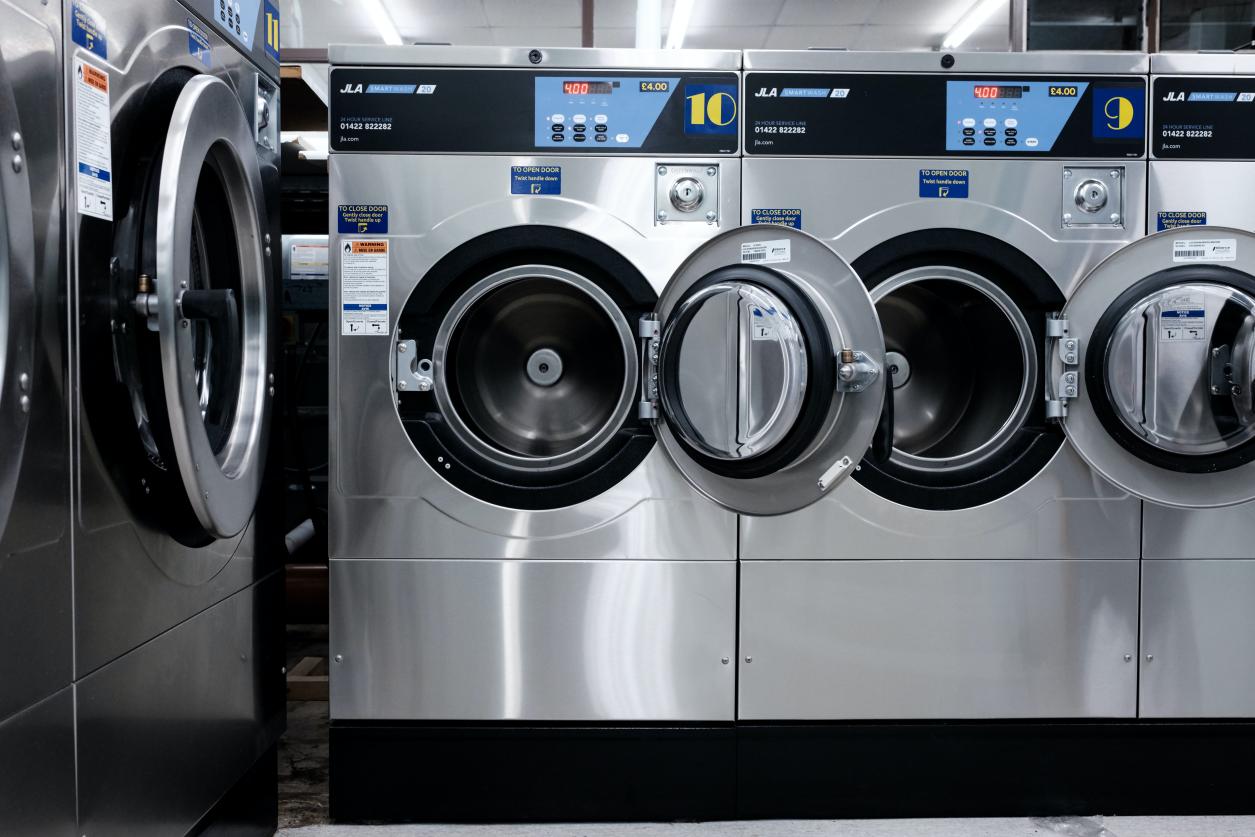
Photo by Oli Woodman on Unsplash
Definition: For semi-finished or finished products, with certain washing marks. If you are washing baby clothes or your delicate clothes go for gentle setting. Choose strong setting only when you are washing really greasy loads. Its very important to use the right setting as per requirement to protect clothes as well as machine from damage.
Advantages: In general, bigger washing machines tend to use more water and more energy per wash cycle than a smaller model. Depending on how frequently you wash your clothes, this could have a significant impact on your home’s environmental footprint and power/water bills – just as much as doing the 7 million mini-loads in a small machine.
Disadvantages: It can cause damage to surfaces that are too delicate such as brick or stone. Also, if used on painted or stained surfaces, it will strip paint and can potentially damage the surface itself.
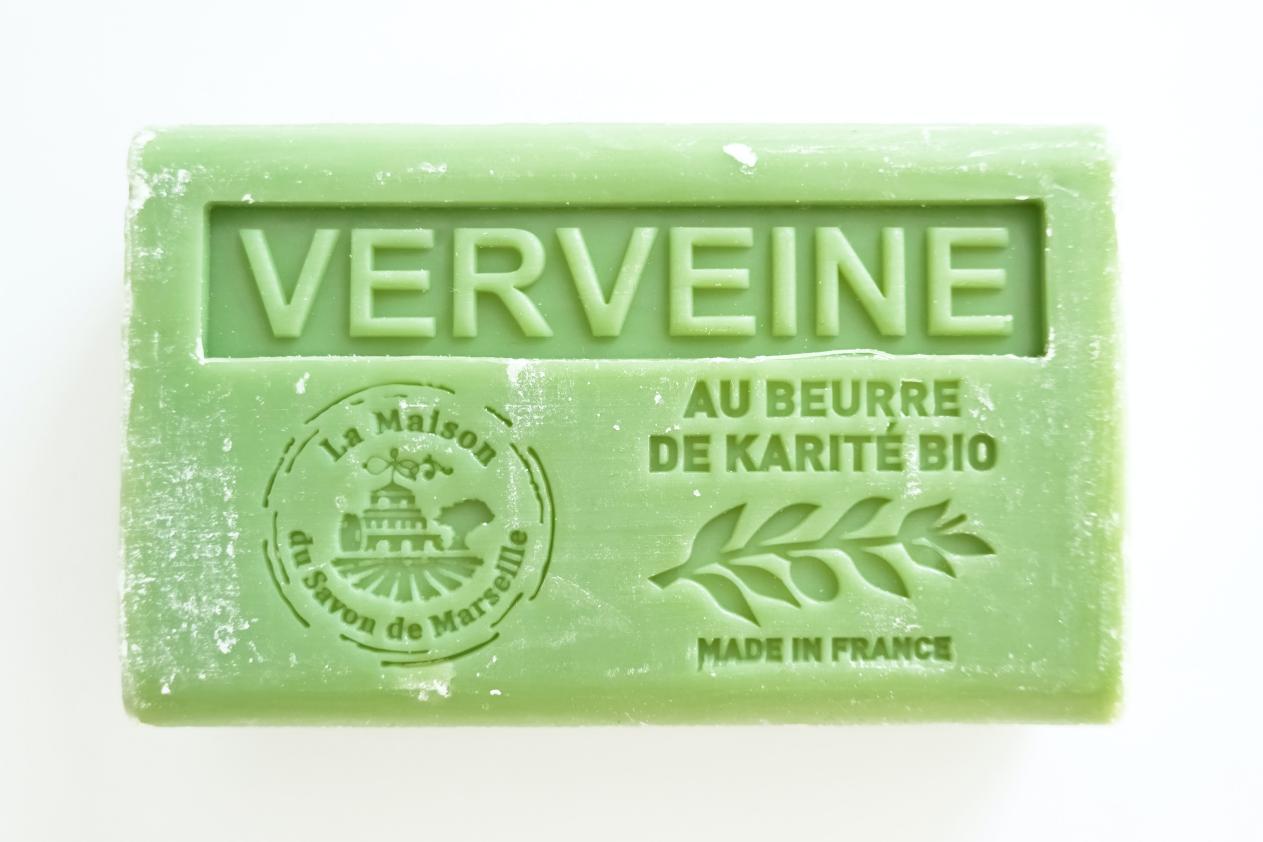
Photo by Jeremy Bezanger on Unsplash
Definition: Semi-finished or finished products with obvious traces of washing, with a sense of hair old, the effect is related to the light and heavy washing. Enzyme is a cellulase enzyme that can degrade the fiber structure at a certain pH value and temperature, so that the cloth can be gently faded, fade (produce a "peach skin" effect), and get a long-lasting soft effect.
Advantages: Bio washing powders are not designed for use in warmer washes. Temperatures above 40ºC can actually stop the enzymes from working. Some people find that biological powders cause an itchy rash.
Disadvantages: One of the downsides of using biological laundry detergent is that it can be a little harsh on sensitive skin, and if the detergent has not been completely washed away it could be irritable to the skin and potentiality aggravate eczema.
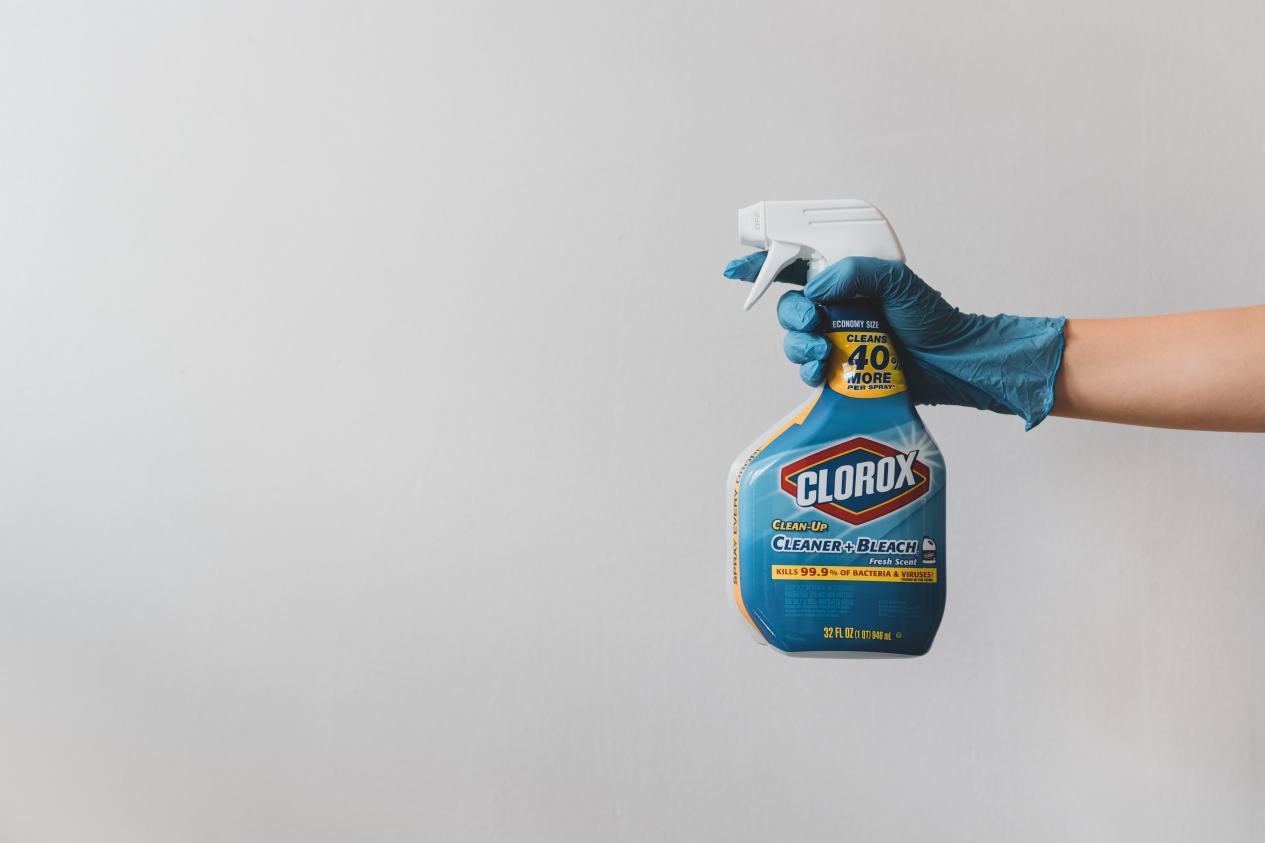
Photo by Clay Banks on Unsplash
Definition: The term "bleach washing" refers to a process in which hair lightener (a.k.a. bleach) is applied on wet hair, typically after getting highlights or a balayage service. Exactly how much bleach a stylist adds really depends on how light you want your hair to look. Mainly used for denim, the finished product is obviously white and faded more
Advantages: Bleach is a strong and effective disinfectant. Its active ingredient, sodium hypochlorite, denatures protein in micro-organisms and is therefore effective in killing bacteria, fungus and viruses. Household bleach works quickly and is widely available at a low cost.
Disadvantages: Bleach is very irritating and corrosive to the skin, lungs, and eyes. As well, it has been known to burn human tissue internally or externally. On top of this- it may cause skin rash, extreme headaches, migraines, muscle weakness, abdominal discomfort, esophageal perforation, nausea and vomiting.
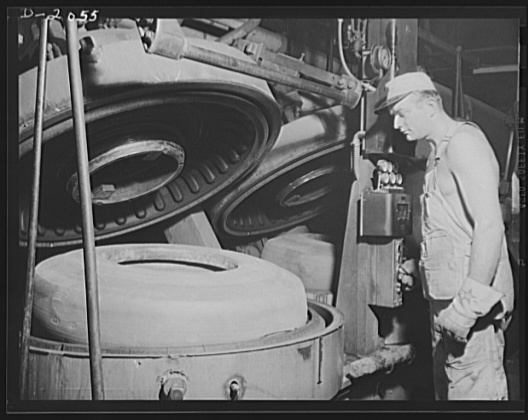
Worker placing a tire in a mold before vulcanization.
Definition: When the customer requires heavier and more uniform whitening, the blank can be vulcanized and dyed first, and then vulcanized and washed with finished paint dyeing. Most of the time, it is absolutely fine to clean your washing machine with bleach.
Advantages: Vulcanization is a chemical process in which the rubber is heated with sulphur, accelerator and activator at 140–160°C. The process involves the formation of cross-links between long rubber molecules so as to achieve improved elasticity, resilience, tensile strength, viscosity, hardness and weather resistance.
Disadvantages: The disadvantages of vulcanization that must be considered are the higher initial cost and the length of time required to preform the splice when compared to a mechanical splice. The peeling back of layers of belting to prepare for both hot vulcanization and cold chemical bonding can be difficult.
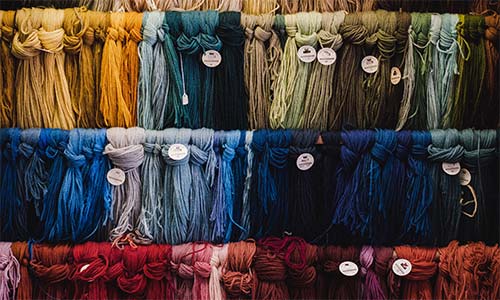
Photo by Maranda Vandergriff on Unsplash
Definition: Pigment dye is a post-production process that means your shirt already exists. It's not really dyeing because instead of dyes pigments are attached to the garment with the use of binders and locked into the surface of the fabric with ionic attachment instead of embedding into the fabric.
Enzyme washing is a laundering process which uses enzymes to soften and finish fabric; providing jeans and other garments with a worn-in look and feel. The use of enzymes comes with various benefits both economically and environmentally.
Advantages:
Advantages Of Pigment Printing are:
Applicable to natural and synthetic fibre.
Wide range of color can be produced.
Can be used for dope dyeing for filament yarn.
Easily applicable.
Less expensive.
Maximum output of goods because of the elimination of washing-off, quick sampling and high printing speed.
Advantages of enzyme washing are:
The enzymes work at relatively low temperatures.
They remove stains which would otherwise need high temperature washes.
Energy and money are saved by allowing low temperature washes.
They help to clean delicate fabrics which would otherwise be damaged by a hot wash.
Disadvantages:
Disadvantages of Pigment Printing are:
Not controllable for the binder film.
Use of solvent like kerosene, spirit etc can produce problems like flammability, odor, pollution etc.
The jamming up of equipment and air and water pollution is observed.
Wet and rubbing fastness is average.
The handle of the printed goods is often unduly hard because of the large amounts of external cross linking agents.
Disadvantages of enzyme are:
Some people can develop allergies to the enzymes (e.g. biological washing powders)
Enzymes can be denatured by even a small increase in temperature. ...
Enzymes can be expensive to produce.
Contamination of the enzyme with other substances can affect the reaction.
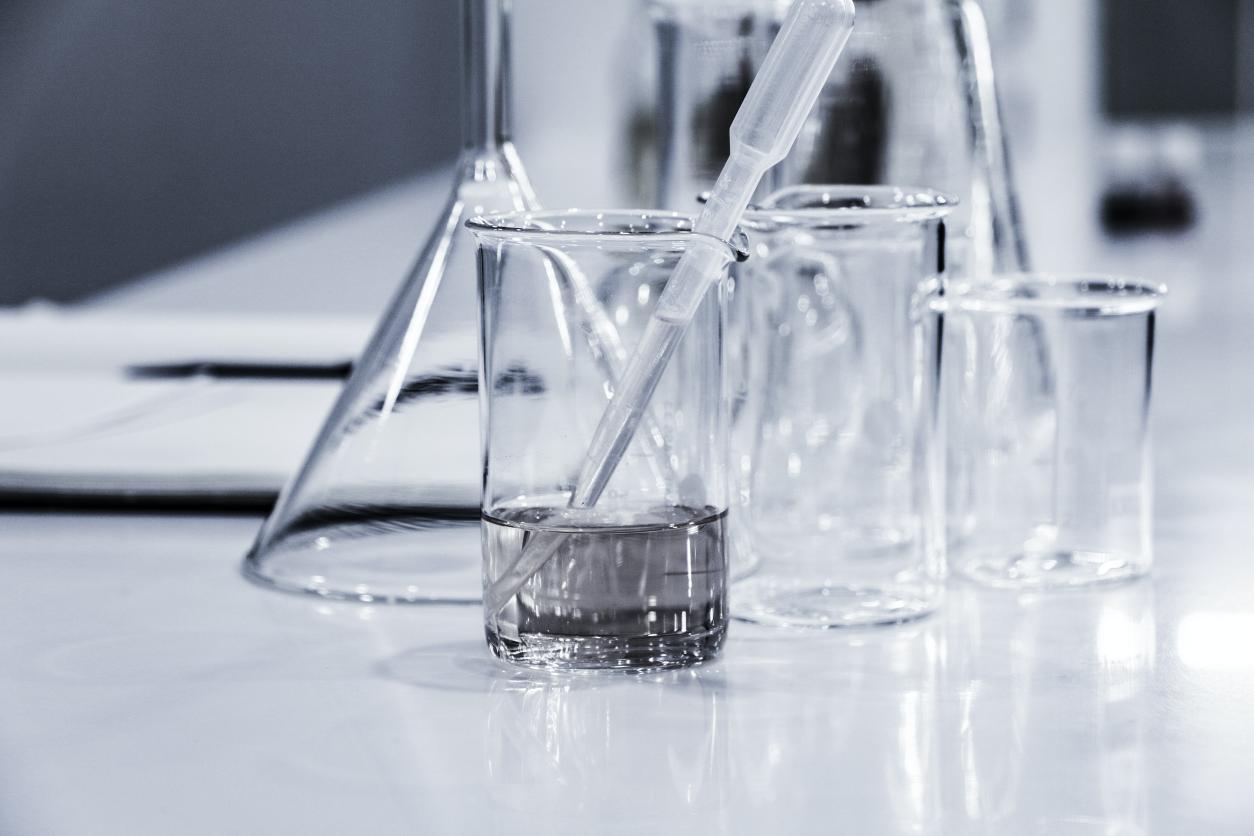
Photo by Hans Reniers on Unsplash
Definition: In simple terms, chemical wash is the process of cleaning the internal components of an air conditioner with chemicals. The process involves dismantling the internal parts, including the evaporator coils, filters, and condenser, and immersing those in a chemical solution.
Advantages: It help improve cleaning efficiency, making homes, offices and other environments both easier to clean and more hygienic.
Disadvantages: The main disadvantage of chemical cleaners is the harsh ingredients and the way they can affect us. Breathing in an assortment of chemicals is never going to be healthy, so any way we can minimise this, the better.
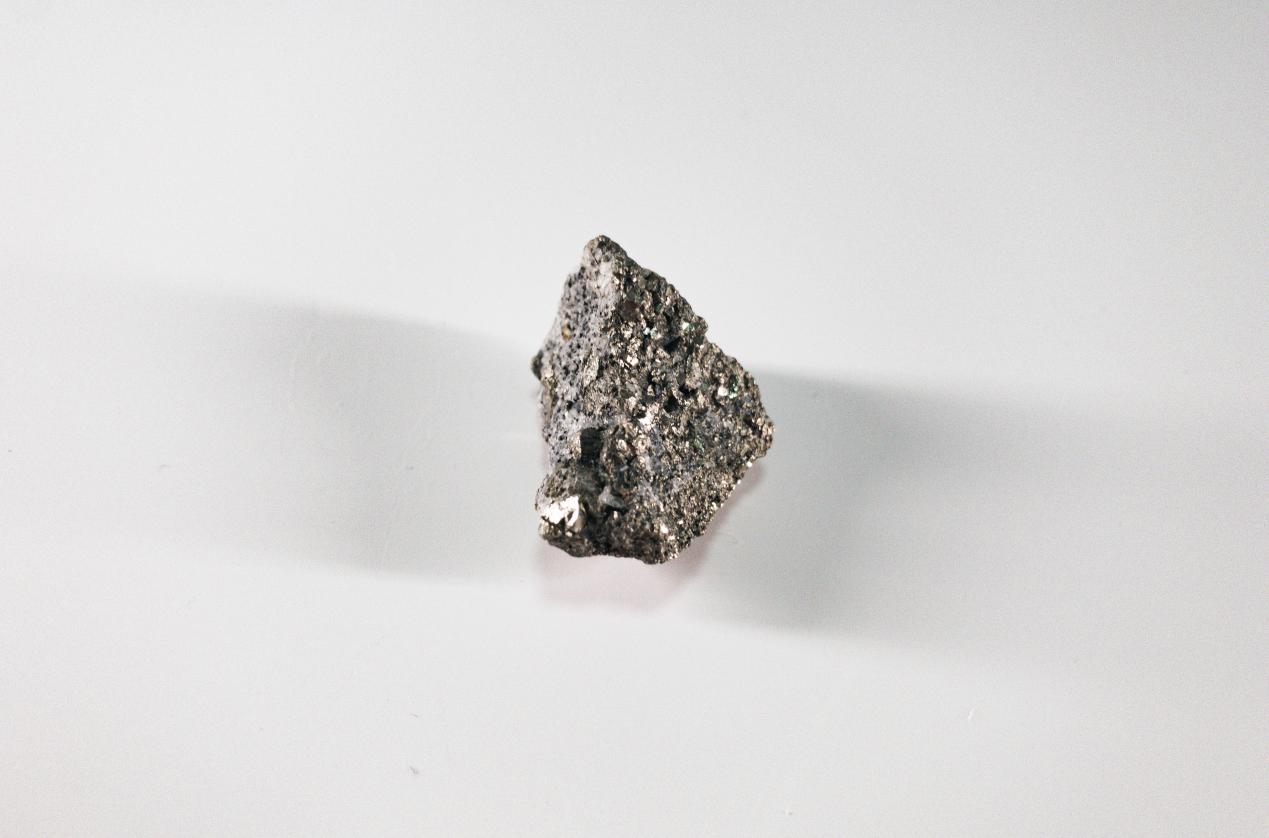
Photo by Anton Maksimov 5642.su on Unsplash
Definition: Silicon wash is an important and common wash in garment washing. It is done to make fabrics softer. Silicon wash generally is done on all type of fabrics i.e. Twill, Denim, Canvas, Knit, Corduroy. This wash gives elastic handle, durable softness of garments. Silicon softener is used in the washing machine.
Advantages: Silicon is a stable softener, which means it will not go away after home laundry wash.
Disadvantages: While the research indicates that silicones are certainly very stable, they are not completely inert. In other words, there is a possibility of leaching. One study tested the release of siloxanes from silicone nipples and bakeware into milk, baby formula, and a solution of alcohol and water.
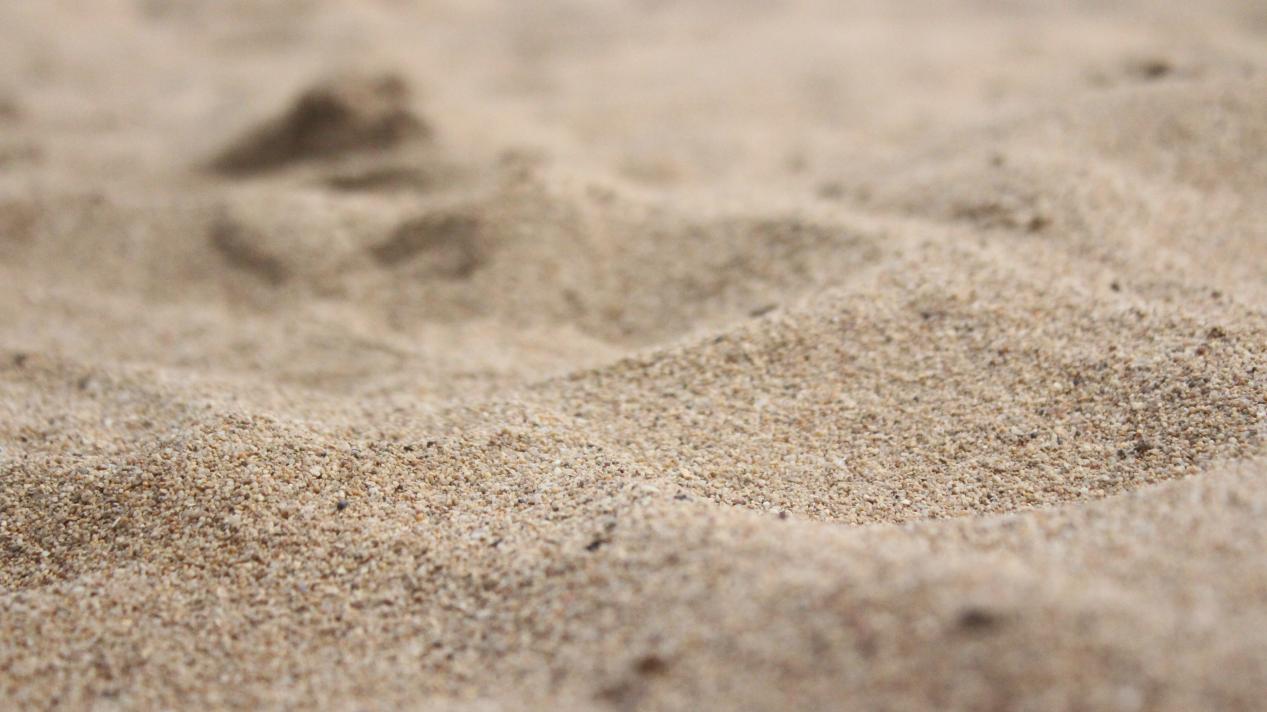
Photo by Utsman Media on Unsplash
Definition: Sand washing with some alkaline, oxidizing additives, clothing after washing a certain fading effect and old feeling, if with stone grinding, after washing the surface of the fabric will produce a layer of soft frost white fluff, and then add some softener, can make the fabric after washing loose, soft, so as to improve wearing comfort, lighter than a stone mill wash, with smaller stones.
Advantages: Its advantageous properties, namely its high strength and workability, also make it an economical choice. Washed sand benefits from being a lot stronger than other types of sand. This is why it is such a good choice for projects requiring tough mortar.
Disadvantages: Low material strength due to high porosity compared to a machined part. Low dimensional accuracy – Shrinking and the surface finish dimensional accuracy is very poor. Poor surface finishes – Due to internal sand mould wall surface texture.

Photo by PlanetCare on Unsplash
Definition: Soak the dry pumice with potassium permanganate solution, and then polish it directly with the clothes in the special rotating cylinder, through the pumice polishing on the clothes, so that the potassium permanganate will oxidize the friction point, so that the cloth surface is irregularly faded, forming white spots similar to snowflakes.
Advantages: A snow foam has the benefit of softening and encapsulating dirt and road grime, providing a far safer and easier hand washing result.
Disadvantages:Mainly used in denim fabrics, appearing in different sizes, irregular white dots over dyeing.
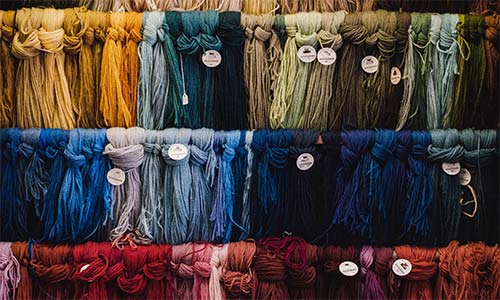
Photo by Maranda Vandergriff on Unsplash
Definition: Fabric is dyed in any color then make garment without accessories finally after making garment again dyed by same dyes is also called over dyeing. Ready for dyeing(RFD) is printed by suitable technique then dyed by reactive or direct or pigment dyes is called over dyeing, according to the customer's request for color, dyed with color fabric, ordinary dyeing are used for the blank fabric.
Advantages: The important advantages are summarized as below: Comparatively lower cost of production for any item of any color and shade. Comparatively less time is required to produce and supply garments.
Disadvantages: The uniformity degree of fiber raw materials and fabric organization. The pre-processing fabric uniformity degree. Dyeing leveling transferability is poor. The temperature rise and fall is too fast.
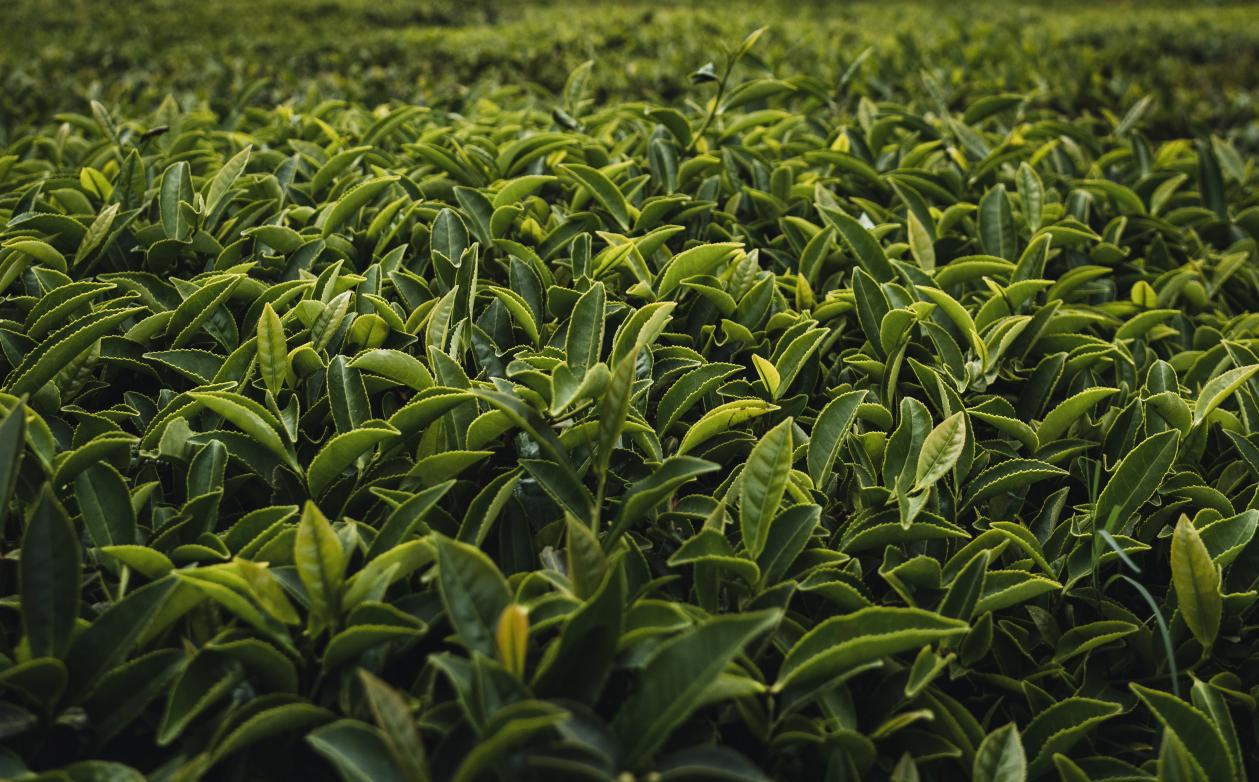
Photo by Arfan Abdulazeez on Unsplash
Definition: Wash with black tea leaf stain, generally coffee color, not very even.
Advantages: Save money, and no pressure, save electricity.
Disadvantages: leave tea stains.
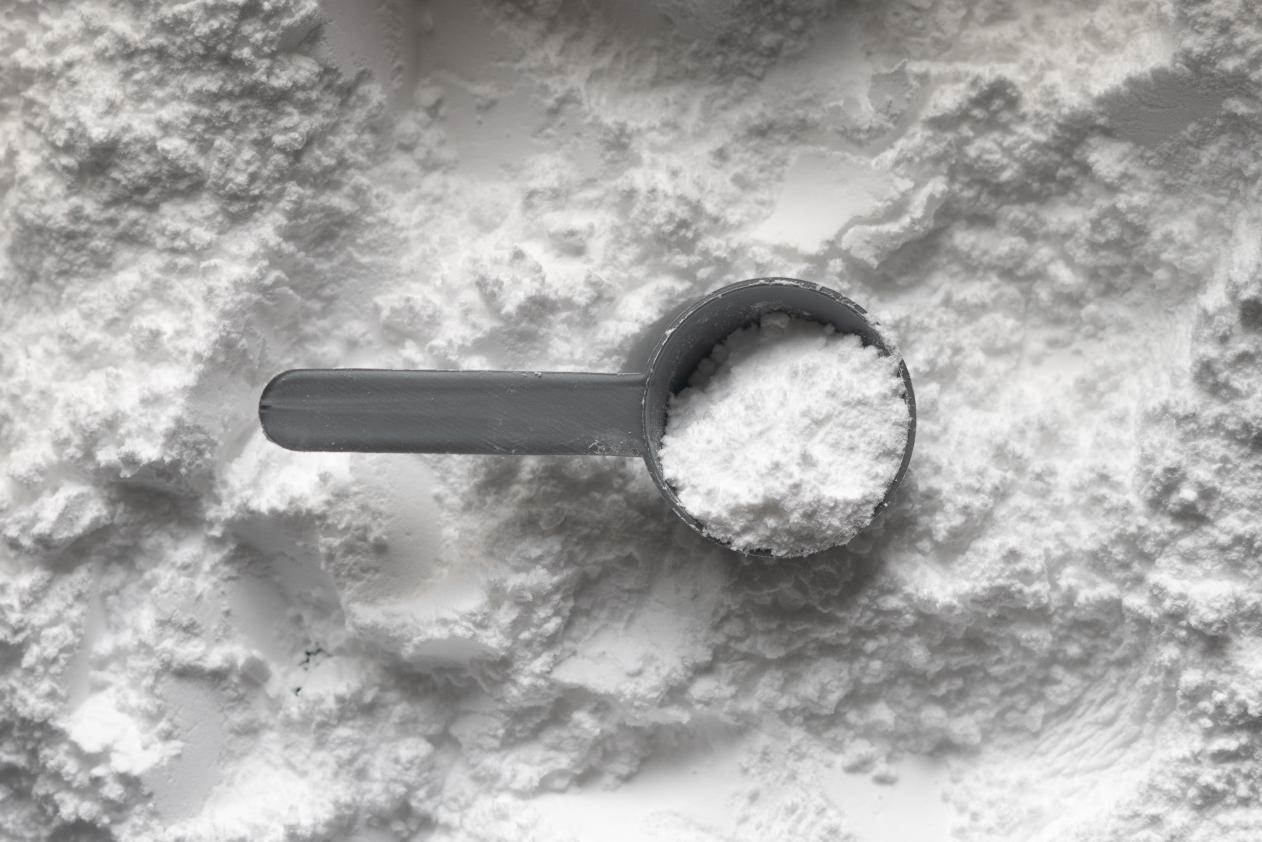
Photo by HowToGym on Unsplash
Definition: Washing soda and boiling water can be used to unclog drains. Removes greasy build-up in pots and pans. It can be used to remove tough stains from kitchenware, or to remove soap scum from bathroom and kitchen surfaces. Cleans outdoor furniture.
Advantages: Brightens Clothes, baking soda contains natural antiseptic properties which helps remove dinginess that remains on clothes overtime. Also, Laundry Detergent Booster, when you add baking soda to your laundry, it helps boosts your laundry detergents performance as well as soften hard water that creates the dinginess.
Disadvantages: Washing soda is safe to use for cleaning purposes. However, it should not be used for other purposes, as it's not edible, it shouldn't be inhaled and it can even cause harm to your eyes if you don't flush them with lots of water after exposure.
Photo by Rodion Kutsaev on Unsplash
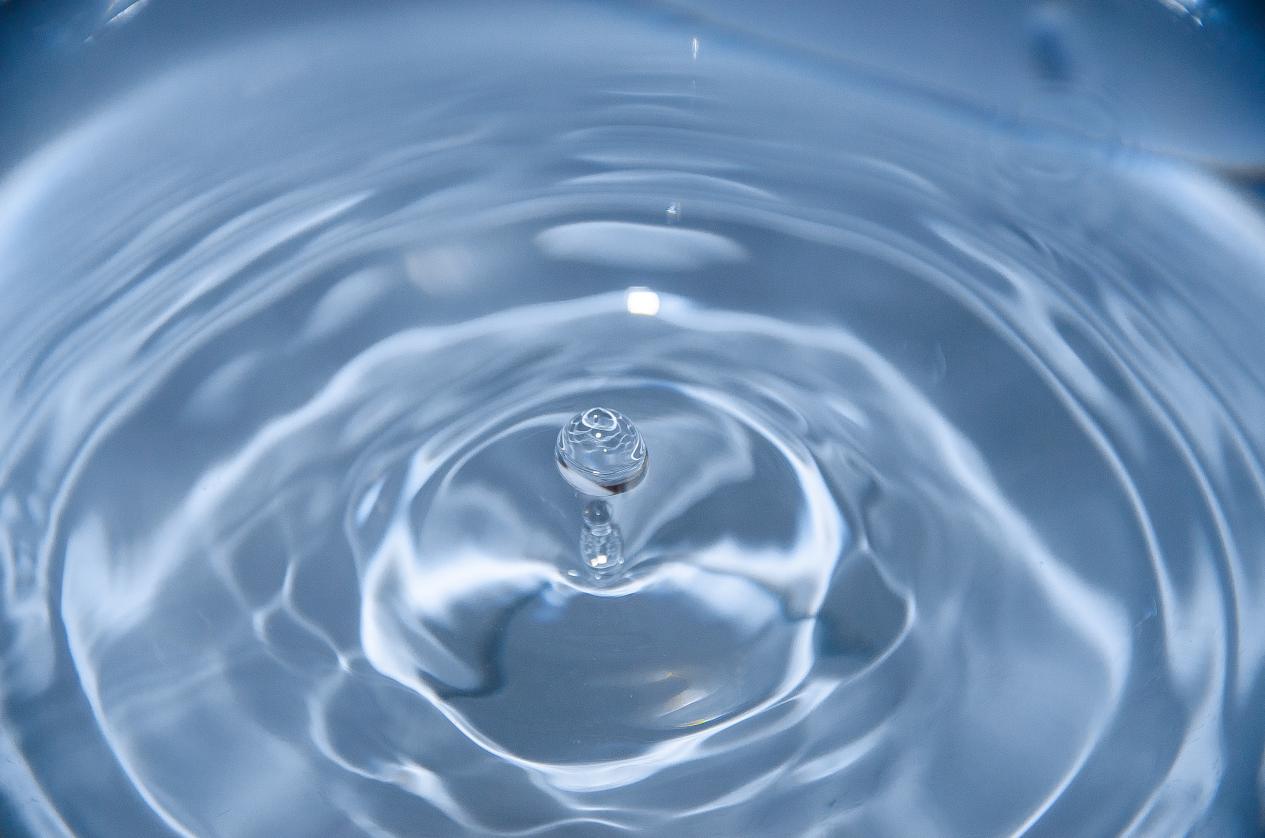
Photo by David Becker on Unsplash
“Less is more.” -Mies Van Der Rohe, 1886.
“Make things as simple as possible but no simpler.” -Albert Einstein, 1879.
Found two quotes online, I do believe in the importance of washing, as it can help to keep the best of the product itself. You get rid of the dust then you get the product itself, that’s the key.
For the hats washing, the few things are listed below and hope you like them.
agin, wash your hats in a detailed way, then the dust is gone, after that you get the core, the headwear, or say product itself. That’s why washing matters a lot to your daily life.
During the process, adds value and meaning to your life (as well as the lives of the people you care about) and removing the rest. It's about removing the clutter and using your time and energy for the things that remain. We only have a certain amount of energy, time, and space in our lives.
All in all, any ideas about hats washing and laundry? Are you experienced in washing etc.? If any new thoughts or ideas, please comment below and let’s us know everything about you!! Love you and be good!!
Photo by Aaron Burden on Unsplash